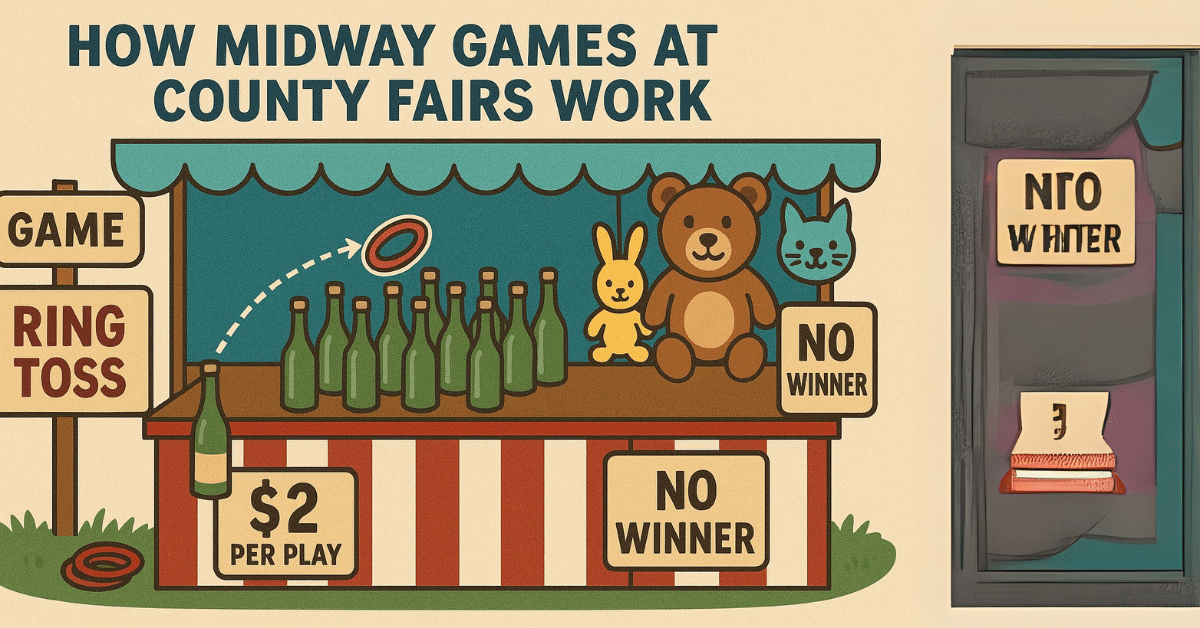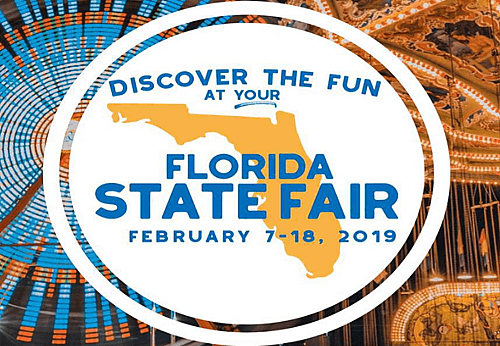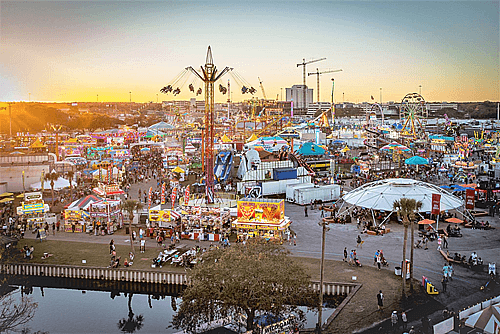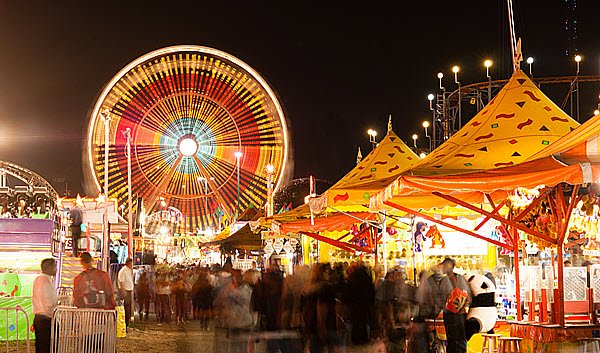What are some easy DIY carnival games?
Carnivals are filled with excitement, laughter, and just the right amount of competition. But you don't need a full-blown fairground or expensive rentals to enjoy that experience. Whether you're hosting a birthday party, school event, or just a summer get-together, DIY carnival games can bring fun and interaction to any occasion. With simple supplies and a little creativity, you can create engaging games that entertain kids and adults alike. In this guide, we’ll explore some of the easiest do-it-yourself carnival games, offer setup tips, and share ideas to make your mini carnival truly memorable. Why Choose DIY Carnival Games? DIY carnival games are perfect for anyone looking to create memorable events without the hassle or expense of renting equipment. They offer flexibility, can be tailored to any theme, and are surprisingly easy to set up. Most importantly, they bring people together, encouraging friendly competition and teamwork. You can also involve kids in preparing the games. Cutting shapes, painting signs, or sorting prizes are great ways to keep them engaged before the party even begins. Everyday Supplies You Can Use Before you rush to the store, take a look around your house. Many common household items can be reused to create exciting carnival activities. Here are some examples: Plastic cups or paper cups Ping pong balls Balloons Cardboard boxes Old cans or plastic bottles Hula hoops Clothespins and string Buckets or baskets Small toys, candies, or stickers for prizes Markers, glue, and poster board for signage Once you gather these materials, you're halfway there. Top 10 Easy DIY Carnival Games Anyone Can Create Here are ten fun and easy carnival-style games that require minimal setup but deliver big smiles. 1. Ring Toss What You Need: Bottles (glass or plastic) Rings (jar lids, glow rings, or small embroidery hoops) A crate or cardboard box for setup How to Play: Players stand a short distance away and toss rings, aiming to land them around the neck of a bottle. Assign points for each successful toss. 2. Tin Can Knockdown What You Need: Empty cans Small beanbags or softballs A flat surface or sturdy table How to Play: Stack the cans in a pyramid. Players get three tries to knock them all down. This game is simple, safe, and always a crowd-pleaser. 3. Balloon Pop Wall What You Need: Balloons Push pins or tape A large board or sturdy wall backing Optional: Small slips of paper with prizes How to Play: Tape or pin inflated balloons to a board. Players throw [...]









